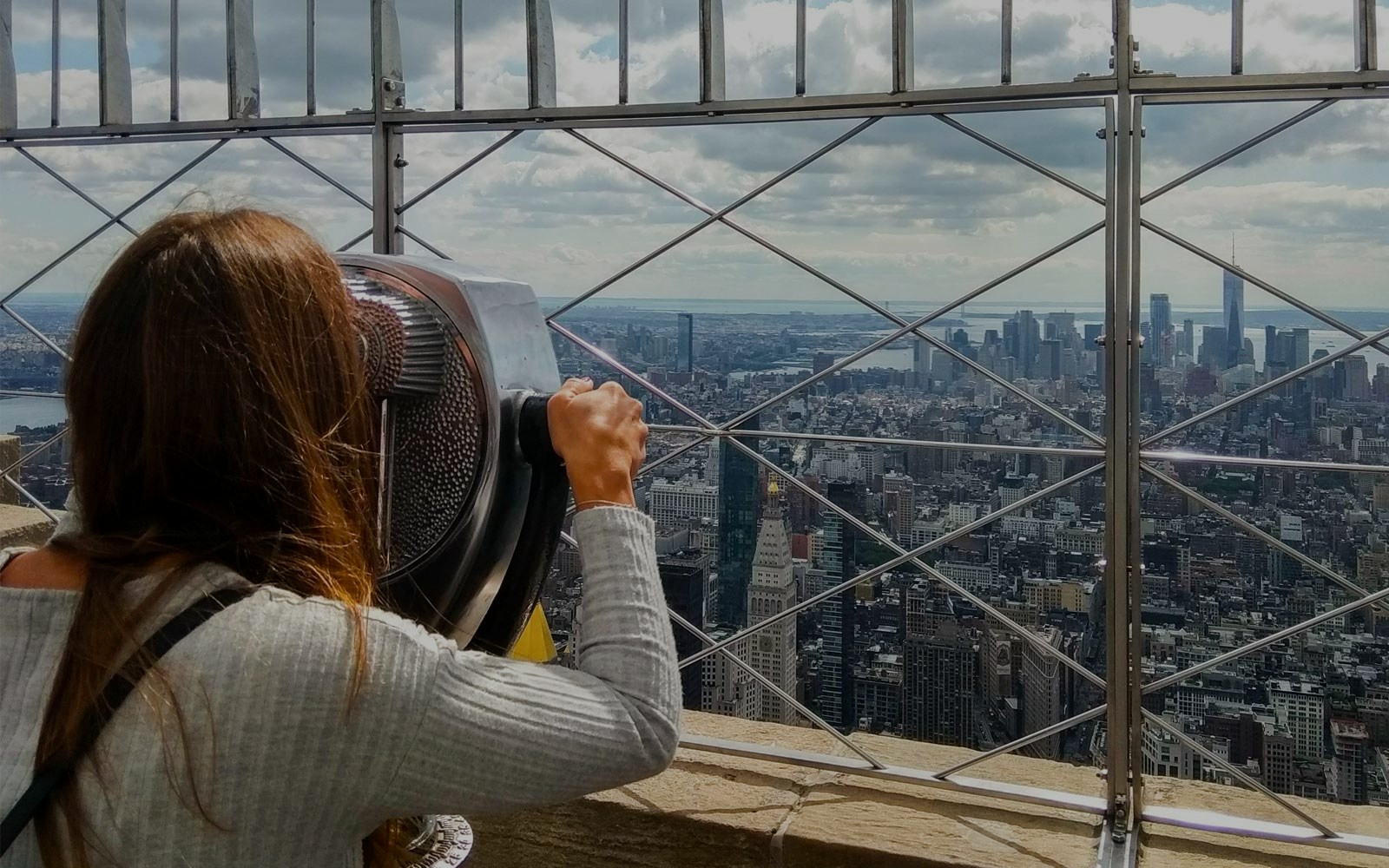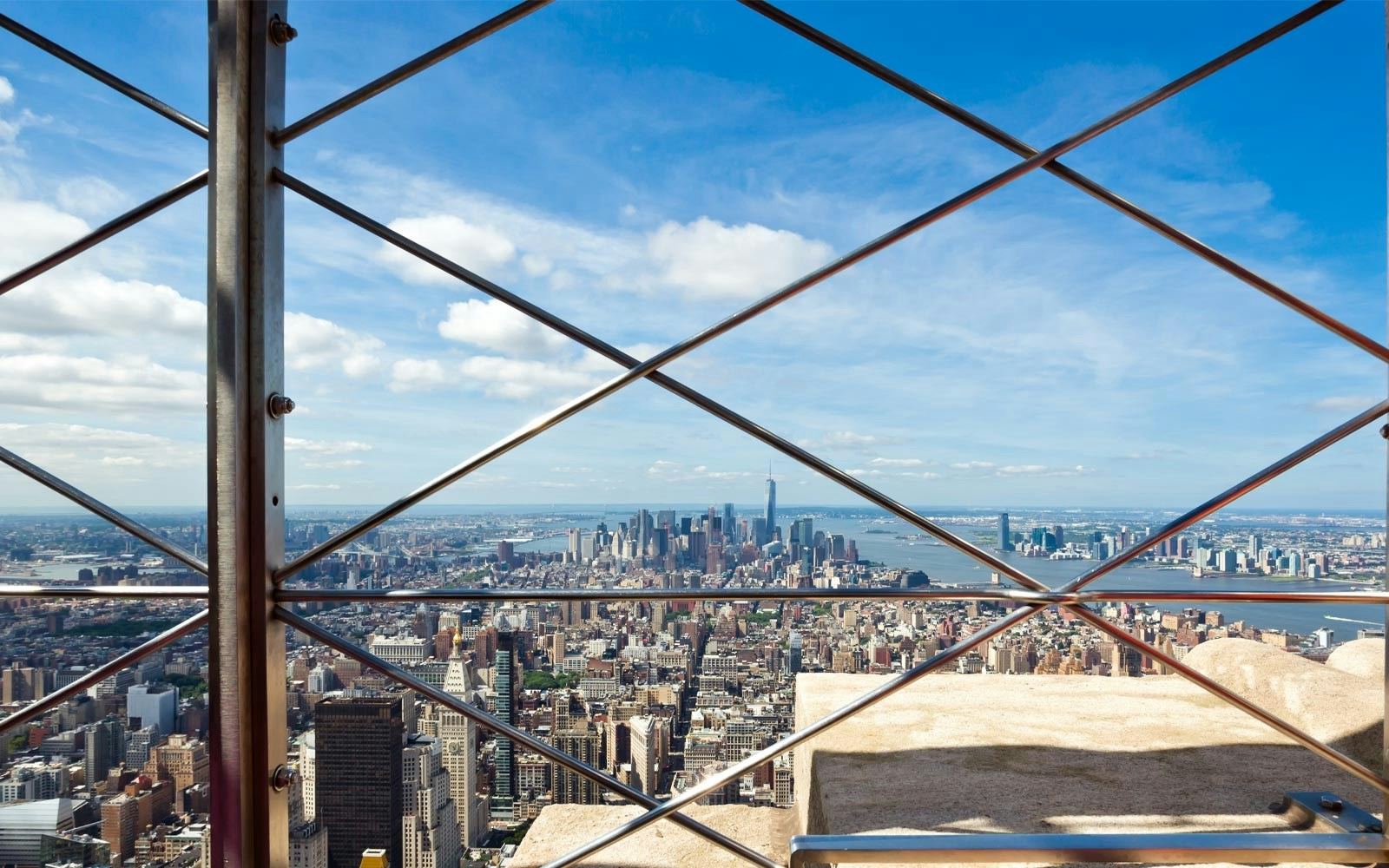Unraveling The Mystery: Can A Spider Survive A Fall From The Empire State Building?
Have you ever wondered about the incredible resilience of tiny creatures, especially when faced with something as dramatic as a plunge from a towering height? It's a question that, you know, often sparks curiosity, making us ponder the limits of nature's designs. Today, in 2024, people are still fascinated by this very idea. We often picture a dramatic, splattering end for anything falling from such a great distance, like, say, the top of the Empire State Building. But what if the object in question is something as small and seemingly fragile as a spider?
The thought of a spider surviving such an extreme drop might seem a bit far-fetched, almost like something out of a cartoon. Our immediate reaction, perhaps, is that gravity is a universal force, and surely nothing could withstand that kind of impact. However, the laws of physics, in fact, play out very differently for creatures of varying sizes, especially when we consider the really tiny ones. This isn't just about a spider being tough; it's about how its physical characteristics interact with the air around it during a fall.
So, we're going to explore this fascinating idea, looking at the science behind why a small spider might just walk away from a fall that would be, well, devastating for a human. We'll examine concepts like terminal velocity and the amazing adaptations spiders possess. It's like trying to understand how a complex system works, where, in a way, all the essential elements come together perfectly for a specific outcome. Let's get into the details of this intriguing natural phenomenon.
Table of Contents
- The Big Question: Spider vs. Skyscraper
- Understanding Terminal Velocity: The Spider's Secret Weapon
- What is Terminal Velocity, Anyway?
- How Size Makes a Difference
- The Spider's Natural Armor: Built for Impact
- Exoskeleton: A Tiny Suit of Armor
- Surface Area to Mass Ratio: A Glider in Disguise
- Comparing a Spider's Fall to a Human's
- What Happens When They Land?
- People Also Ask (FAQs)
- Final Thoughts on Nature's Clever Designs
The Big Question: Spider vs. Skyscraper
When you think about the Empire State Building, you're picturing something truly enormous, a structure reaching hundreds of meters into the sky. For a tiny spider, this height is, well, practically astronomical. Our common sense tells us that any fall from such a place would be fatal. Yet, the physics involved here tells a slightly different story, one that hinges on the spider's minuscule size and weight. We can, sort of, present this idea to understand how things work, much like organizing information for a lesson.
The key to this puzzle isn't about the spider having some kind of superpower, but rather how the forces of gravity and air resistance interact with its very small body. It’s a bit like how you can find borders, shapes, and vectors to give a design a little more oomph; nature, too, uses specific "elements" to give small creatures an edge. The smaller something is, the more air resistance affects it relative to its weight, and this really changes the whole falling experience.
This difference in how physics treats small objects versus large ones is quite profound. For a spider, the air isn't just empty space; it's a thick, almost viscous medium that slows its descent significantly. So, the question isn't just about surviving a fall, but about how its fall differs from what we, as larger beings, would experience. It’s a very interesting thought experiment, honestly.
Understanding Terminal Velocity: The Spider's Secret Weapon
To really grasp how a spider could survive such a big fall, we need to talk about something called terminal velocity. This is a very important concept in physics that explains why falling objects don't just keep speeding up forever. It's the point where the force of air pushing up against the falling object perfectly balances the force of gravity pulling it down. So, the object stops getting faster.
What is Terminal Velocity, Anyway?
Imagine dropping a pebble and a feather at the same time. The pebble hits the ground first, right? That's because the feather experiences much more air resistance relative to its weight. Terminal velocity is reached when the drag from the air equals the pull of gravity. At this point, the object falls at a steady speed. We can almost visualize the forces at play, much like how varied diagram templates help complete any data visualization project.
For larger, heavier objects, like a human, the terminal velocity is quite high, around 200 kilometers per hour. This speed, as you can guess, is absolutely devastating upon impact. But for something incredibly light, like a spider, the terminal velocity is much, much lower. It's a rather gentle speed, in fact, that the spider reaches relatively quickly.
How Size Makes a Difference
This is where the spider's small stature becomes its greatest asset. The amount of air resistance an object faces is related to its surface area, while the force of gravity is related to its mass. For a spider, its surface area is very large compared to its tiny mass. This means it hits its terminal velocity almost instantly, and that speed is just a little bit more than a gentle drift.
A spider's lightweight build, almost like a transparent image that can literally go places and be incorporated into a range of designs, means it can adapt to forces in a way larger objects cannot. Its small size allows it to interact with air in a way that creates significant drag. This drag quickly slows its descent to a speed that's, well, not dangerous at all. It's a really clever trick of nature, if you think about it.
So, for a spider, falling from the Empire State Building isn't really a high-speed plunge. It's more like floating down, perhaps at a speed similar to a gentle breeze. The air, which seems invisible to us, acts as a powerful cushion for these tiny creatures. It's a pretty remarkable difference, honestly, compared to what we might expect.
The Spider's Natural Armor: Built for Impact
Beyond terminal velocity, spiders have some pretty amazing physical features that help them survive falls. These aren't just random traits; they are, in a way, carefully "designed" elements that contribute to their overall resilience. It’s a lot like how you can freely personalize and customize a business card to fit

Marvel's Spider-man PS4 - Will Spider-man Survive A Fall From The

View From the Empire State Building | What to Expect

View From the Empire State Building | What to Expect